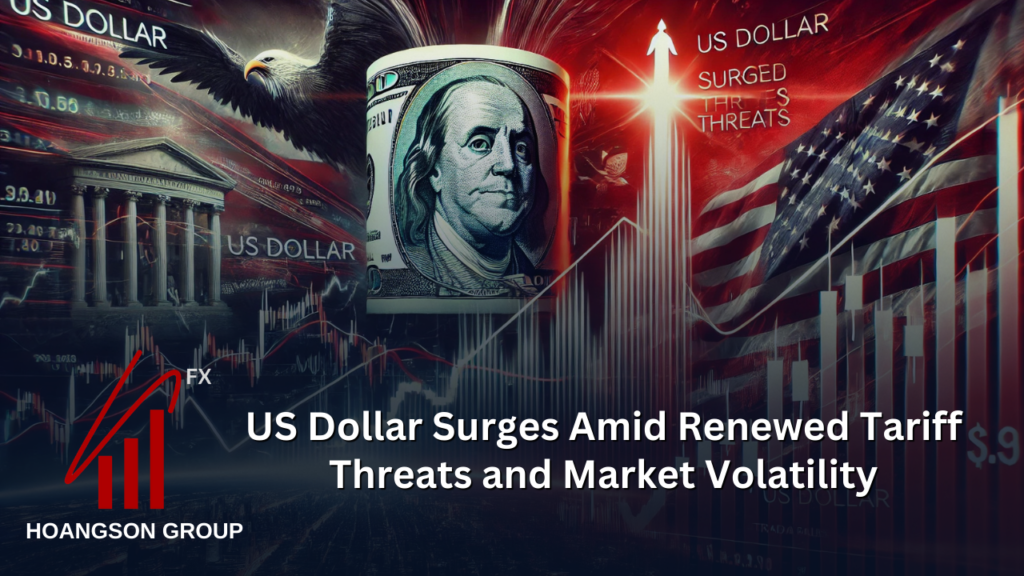Washington, D.C. – The US Dollar made significant gains on Tuesday as renewed concerns over a universal tariff plansent ripples through financial markets. The US Dollar Index (DXY) climbed to a fresh weekly high of 108.01, reflecting investor reactions to escalating trade policy uncertainties. President Donald Trump reinforced his stance on imposing broader tariffs, citing the recent turmoil surrounding DeepSeek as further justification. The situation was compounded by Monday’s market downturn, where chipmaker Nvidia (NVDA) saw its market capitalization drop by over $600 billion at one point. Trump’s proposal, which includes a gradual increase in tariffs beyond 2.5%, further unsettled investors.
Economic Data in Focus as Fed and ECB Prepare Key Decisions
Market attention now shifts to upcoming monetary policy decisions from the US Federal Reserve (Fed) and the European Central Bank (ECB), scheduled for Wednesday and Thursday, respectively. Ahead of these meetings, investors are closely watching the release of US Durable Goods Orders data for December, set for 13:30 GMT. Analysts expect an increase of 0.8%, compared to November’s decline of 1.2%. Durable Goods Orders, excluding transportation, are forecasted to rise by 0.4%.
Later in the day, the US Conference Board (CB) Consumer Confidence Index for January will be published, with expectations of a slight rise to 105.7 from 104.7. Additionally, the Richmond Fed Manufacturing Index is anticipated to show a marginal improvement from -10 to -8.
Market Reaction and Interest Rate Expectations
Following Monday’s sharp sell-off, global equity markets showed signs of recovery. European indices gained around 0.50%, while US stock futures turned positive, with the Nasdaq leading the rebound.
The CME FedWatch tool currently projects a 51.2% probability that the Fed will maintain interest rates at current levels in its May meeting, while a 48.8% chance remains for a rate cut. Market sentiment remains cautious as traders assess inflation risks and economic conditions under President Trump’s trade policies.
Meanwhile, US Treasury yields are stabilizing, with the 10-year yield hovering around 4.569%, inching back towards the 4.807% high seen earlier this month.

